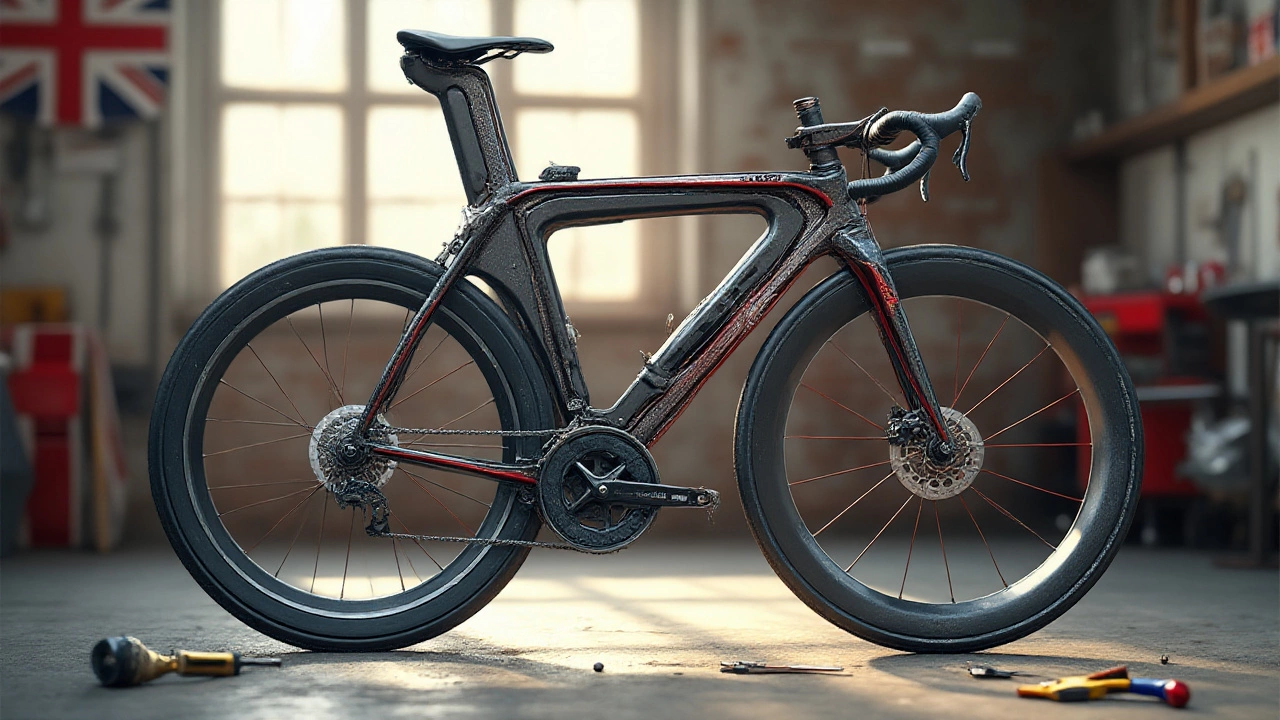What Damages Carbon Fiber? Common Causes and How to Prevent Them
- Gareth Westbrook
- 2 08 2025 Automotive
Learn what really damages carbon fiber, where it's most vulnerable, and how to keep your carbon fiber parts looking sharp and functioning strong.
Carbon fiber looks great on a car, but it isn’t indestructible. A small chip or a hot sun can start a problem that spreads fast. Knowing what to look for and how to act can save you money and keep your ride looking sharp.
Most owners see damage after a road stone hits a carbon fiber spoiler or side panel. The impact creates tiny cracks that you might not feel at first. Over time these cracks grow and the material can start to separate – that’s called delamination.
Heat is another sneaky culprit. Parking under a blazing sun for hours can soften the resin that holds the fibers together. When the resin softens, the surface can warp or turn dull.
Chemicals are a hidden danger too. Strong cleaners, brake dust, or even salty road spray can eat away at the coating. If you use a harsh product, the protective layer breaks down and the fibers underneath are exposed.
First thing – look for visual clues. Cracks, white lines, or a soft spot usually mean the resin is compromised. Run your fingertip over the area; if it feels spongy, the damage is deeper than skin‑deep.
If the damage is small, a DIY epoxy kit can work. Clean the area with mild soap and water, dry it completely, then sand the crack lightly with fine grit (around 400). Apply the epoxy, smooth it out, and let it cure for the time the kit says (usually 24 hours). Once hardened, sand it smooth again and polish with a carbon‑fiber safe polish.
For larger cracks or delamination, it’s best to go to a pro. They have vacuum‑bagging tools that press the layers back together and cure the resin under heat. Trying to fix big damage yourself can make the problem worse.
Prevention is easier than repair. Keep a regular cleaning schedule – use a pH‑neutral car shampoo and avoid abrasive brushes. Apply a UV‑protective wax or sealant every few months; this adds a barrier against sun and chemicals.
When you’re off‑road, try to avoid gravel lanes where stones are common. If you know a road is rough, you can add a clear protective film over the carbon parts. The film is cheap and takes the hits instead of the fiber.
Finally, check your carbon parts after any big impact. A quick visual scan can catch small cracks before they spread. If you spot something, act fast – a little repair now saves a costly panel replacement later.
Carbon fiber gives your car a sleek look and strong performance, but it still needs care. By watching for cracks, protecting against heat and chemicals, and repairing early, you’ll keep that high‑tech feel for years to come.

Learn what really damages carbon fiber, where it's most vulnerable, and how to keep your carbon fiber parts looking sharp and functioning strong.